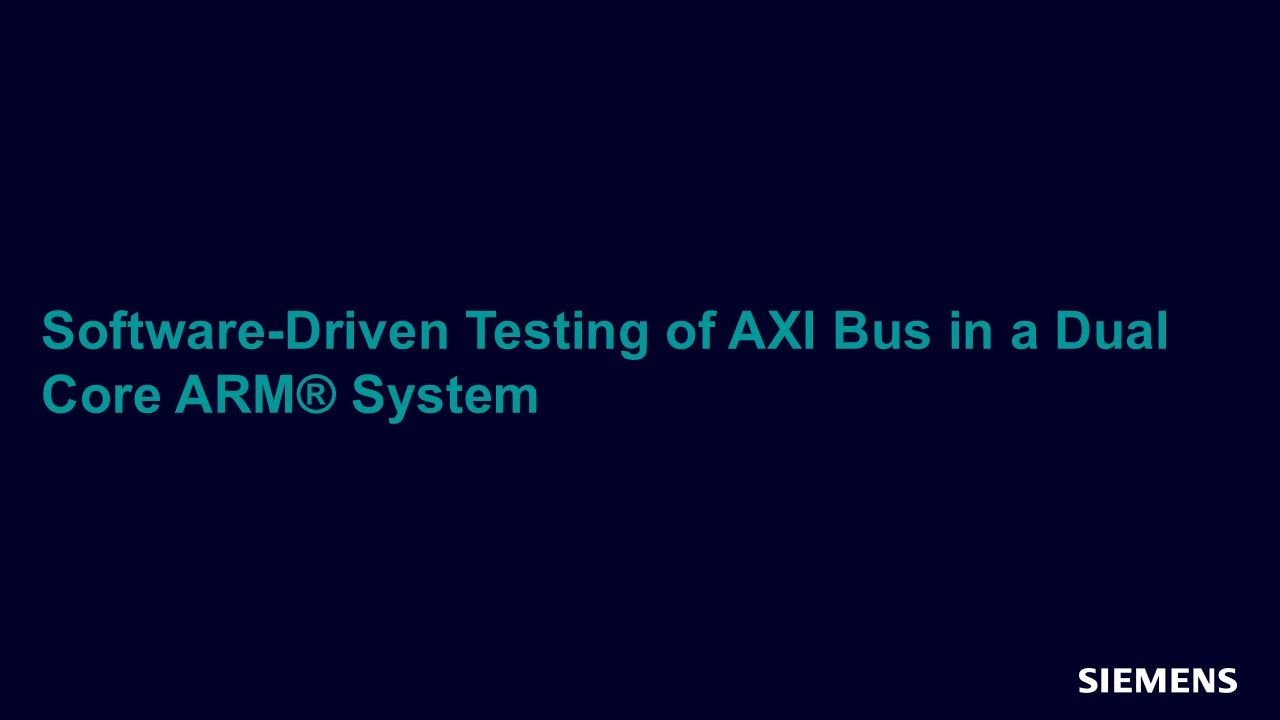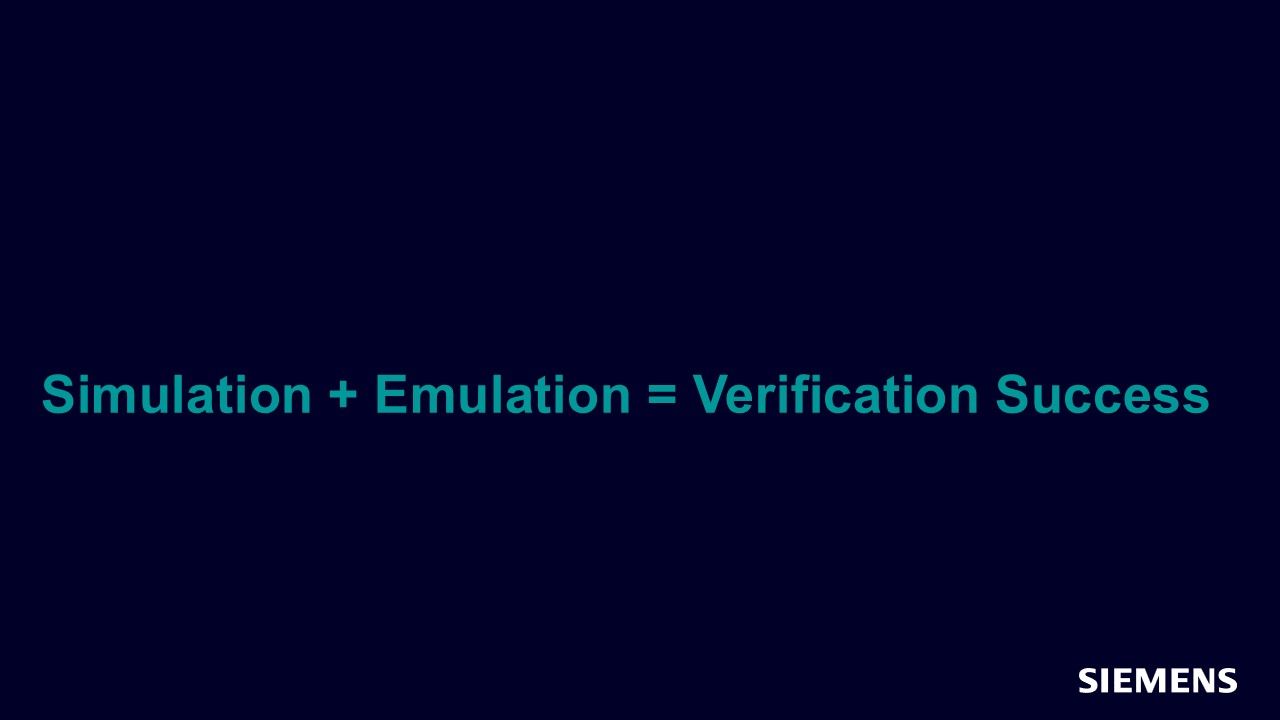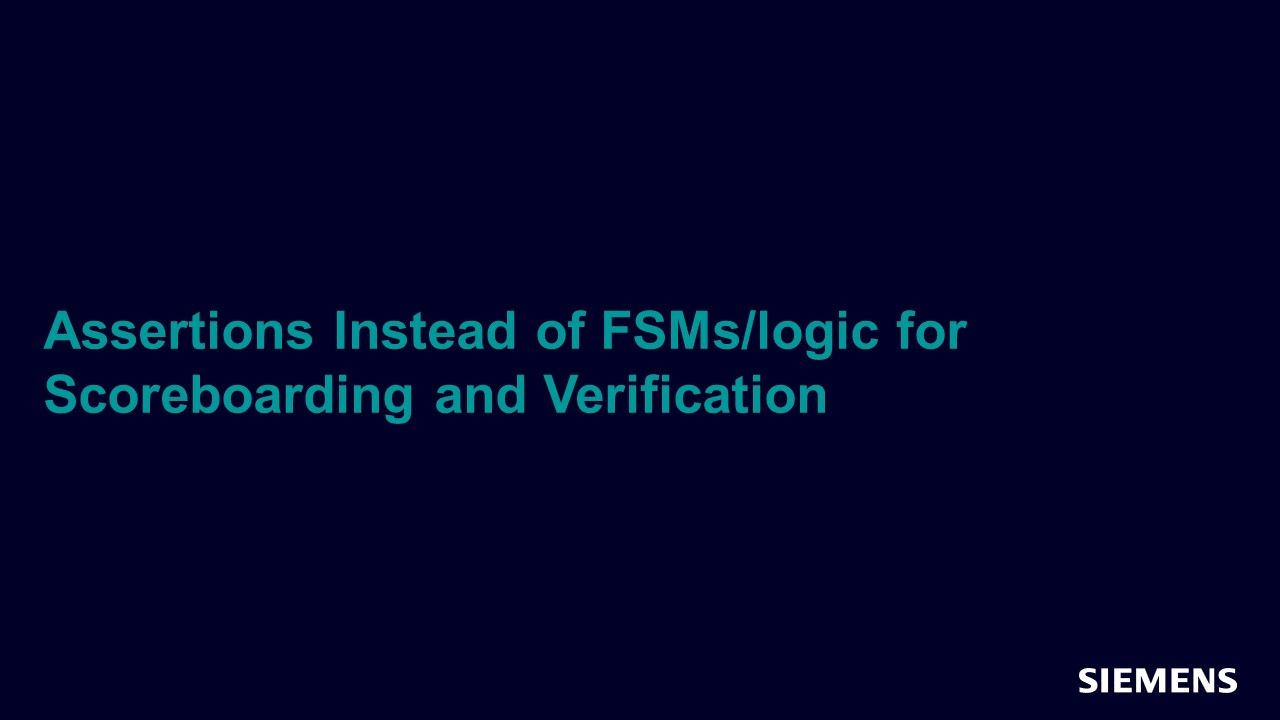Browse all content in Verification Academy: Articles, Cookbooks, Resources, Sessions, and Tracks
Search Results - 6 results
Filters
-
Verification Horizons

-
It's Surprising What the Boy Scouts Can Teach Us about Verification
Hello, and welcome to our Autumn, 2013 edition of Verification Horizons. I love autumn here in New England. The air is crisp and clean, the trees are turning beautiful colors, and it's time for David and me to begin another year of camping and other fun activities with the Boy Scouts. David is an Eagle Scout and our troop's Senior Patrol Leader, which means that he's in charge of running troop meetings and campouts.
I'm the Scoutmaster, so it's my job to support him and the other boys, make sure they're adequately trained and keep them safe. What that really means is that David and I have to work together to make sure that the troop functions well as a unit and that everyone has fun. Those of you with teenage sons may recognize the potential pitfalls of such an arrangement, but so far, we've done pretty well, if I do say so myself. You'll see these ideas of teamwork, planning and safety in our articles for this issue.
We start with two articles based on papers being presented at ARM TechCon. The first is a case study of a successful collaboration with Altera in "Software-Driven Testing of AXI Bus in a Dual Core ARM System" in which our friend Galen Blake at Altera shows how they used Questa to create abstract stimulus specifications that they were able to use in different contexts, including software, as they verified their system. Combined with Questa's intelligent automation, they were able to generate traffic coordinated across the interfaces and the processor software to check everything from protocol compliance to fabric performance.
In "Caching in on Analysis," my colleague Mark Peryer describes Questa SLI, our new technology for verifying system-level interconnect in both simulation and emulation. Initially providing VIP and automation targeted for cache coherent protocols like ACE and CHI, Questa SLI provides stimulus generation, instrumentation, visualization and analysis of system-level behavior and performance. Given how complex cache-coherent interconnect fabrics have become, and how critical they are to SoC functionality, I think you'll easily see how important a tool like this can be.
Our next article shares another success by our friends at STMicroelectronics. In "Simulation + Emulation = Verification Success" you'll see how they took advantage of Mentor VIP's multi-platform compatibility to simplify their integration of emulation in their verification environment. Even with multiple teams in different locations, they were able to use the setup to do software-driven verification with the testbench in the simulator and the design in the emulator.
If you're using code coverage as part of your verification process, you'll want to check out Roger Sabbagh's article, "Life Isn't Fair, So Use Formal." We all know how hard it is to reach that last 10% of code coverage, usually requiring manual review of coverage holes and having to decide which exceptions are acceptable.
This article shows how the Questa CoverCheck automatic formal application can not only make this process more reliable and repeatable, but can also encourage your team to design for verification. Next, we present "AMS Verification for High Reliability and Safety Critical Applications," a bit of a primer on verification terms to help us understand where AMS verification fits in the overall verification landscape. For those of you not familiar with the issues of AMS verification, you'll learn some basic definitions of common terms used in AMS verification, followed by a survey of different kinds of verification that you'll want to be familiar with when dealing with safety critical designs.
Last but not least, our friend Ben Cohen is in our Partners' Corner for this issue with "Assertions Instead of FSMs/ logic for Scoreboarding and Verification." Ben is a longtime advocate and expert in assertion-based verification, and in this article he shows us how to use SystemVerilog assertions (SVA) to monitor, check and report bus behavior in an interface. Building the checking into the interface keeps it closer to the bus, and using SVA makes the checking more efficient and exhaustive than trying to build an FSM to track the same behavior. Ben shows us how to use local SVA variables and other features to ensure that transactions are valid before being reported to the rest of the verification environment for scoreboarding or other tracking.
To those of you reading this at ARM TechCon, I hope you enjoy the show. For me, I'm off to camping and hiking in the woods with David and the boys this weekend. Oh, and I'll be rooting for the Red Sox in the playoffs, too!
Respectfully submitted,

Tom Fitzpatrick
Editor, Verification Horizons
October 2013
-

Software-Driven Testing of AXI Bus in a Dual Core ARM® System
Portable Stimulus Oct 01, 2013 Article -

-

-

-

AMS Verification for High Reliability and Safety Critical Applications
Analog Mixed-Signal Oct 01, 2013 Article -

Assertions Instead of FSMs/logic for Scoreboarding and Verification
SystemVerilog Oct 01, 2013 Article